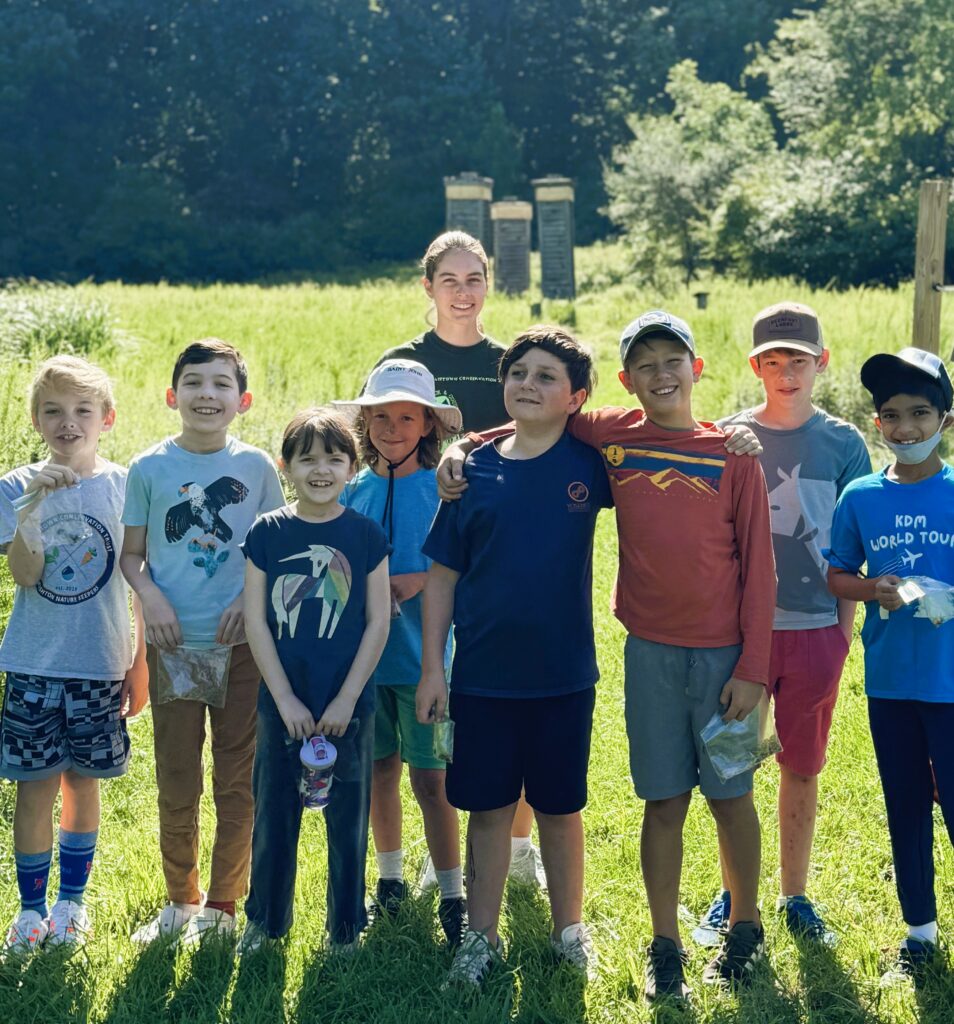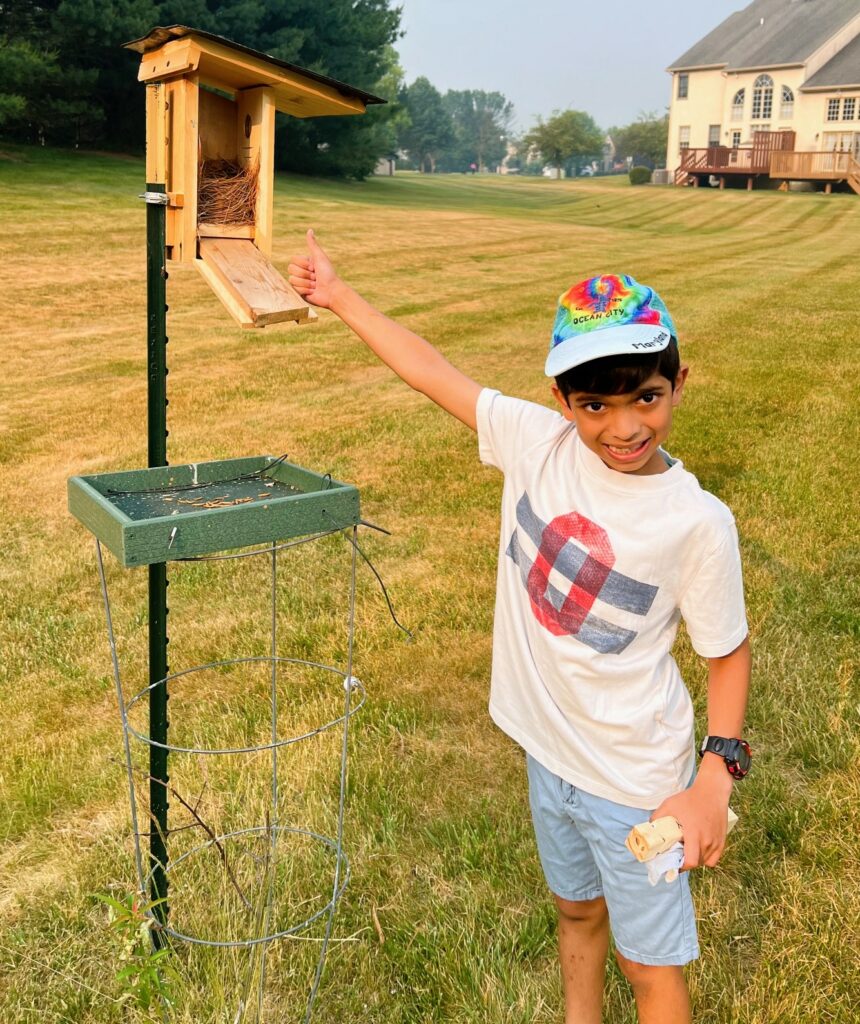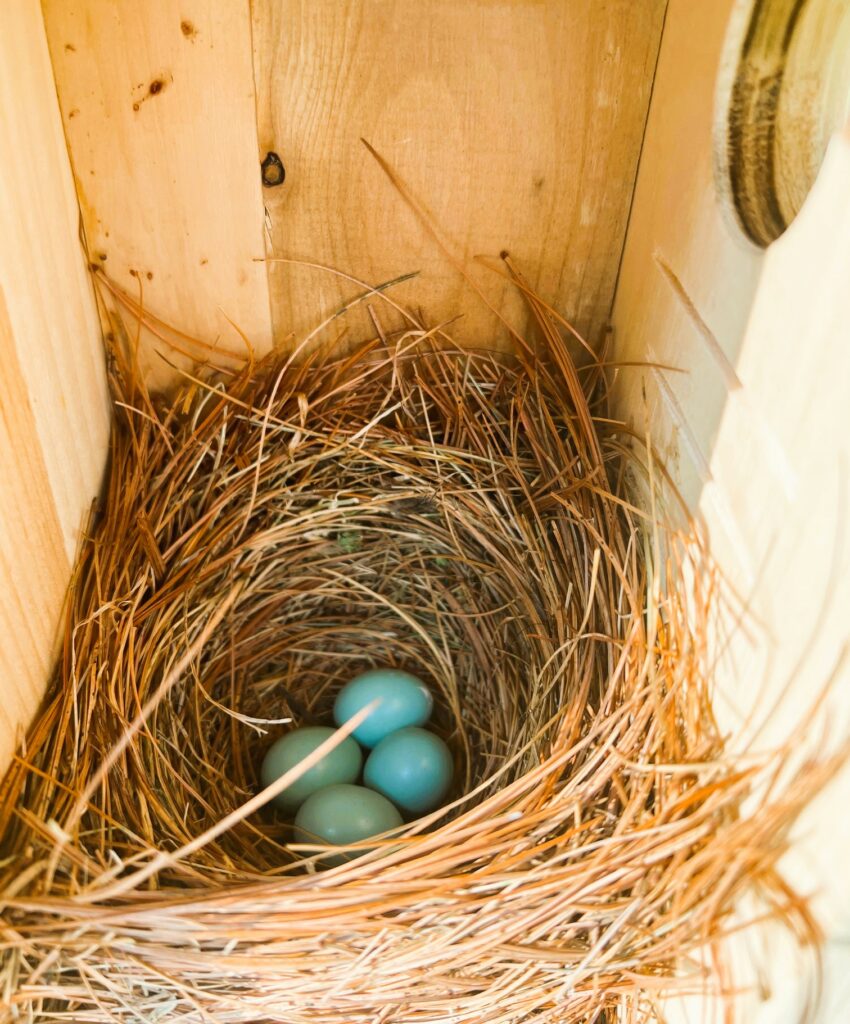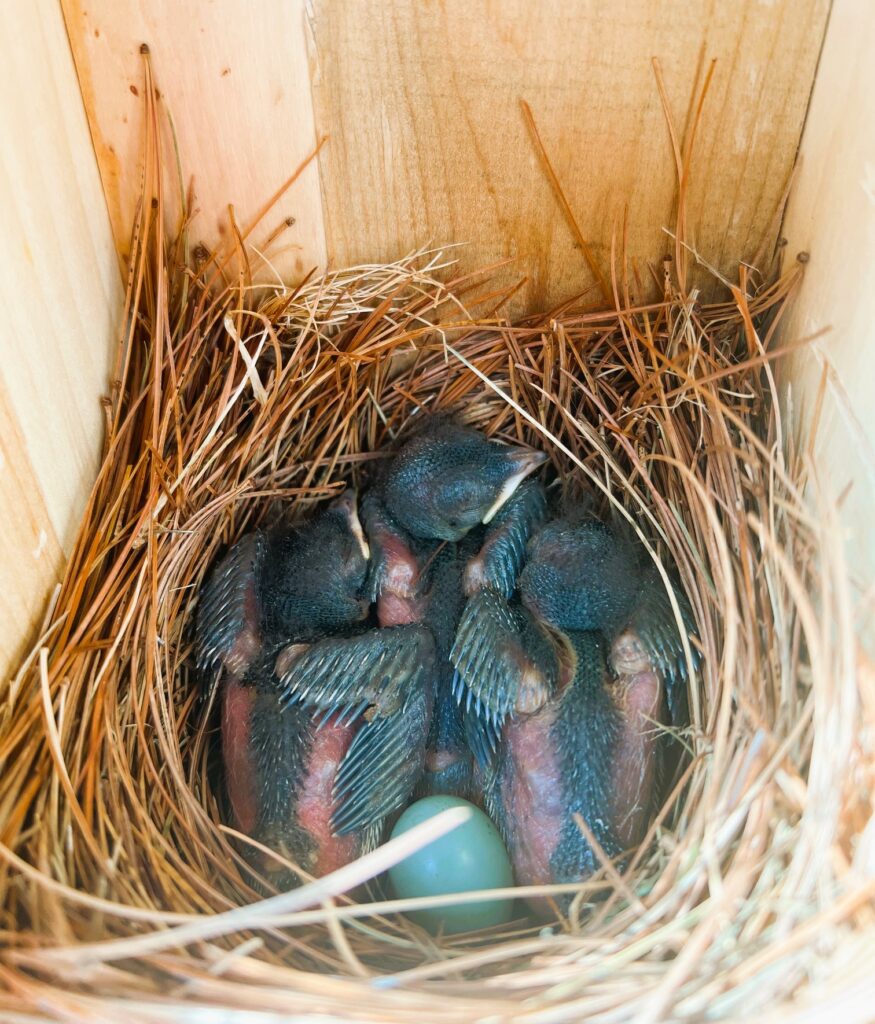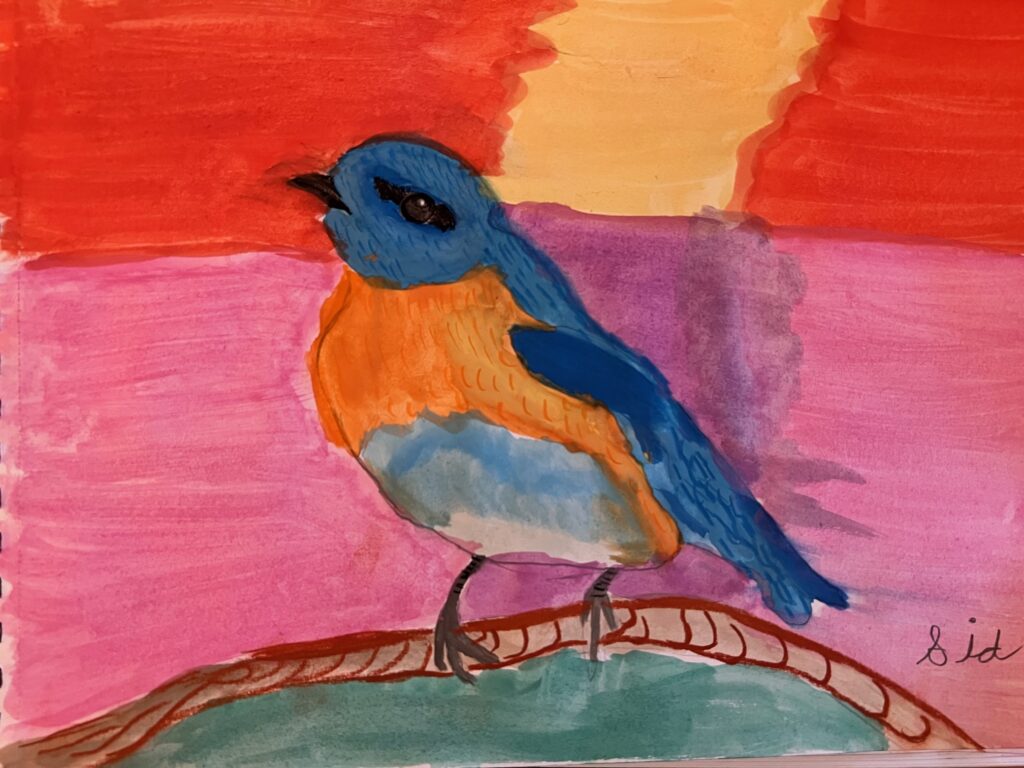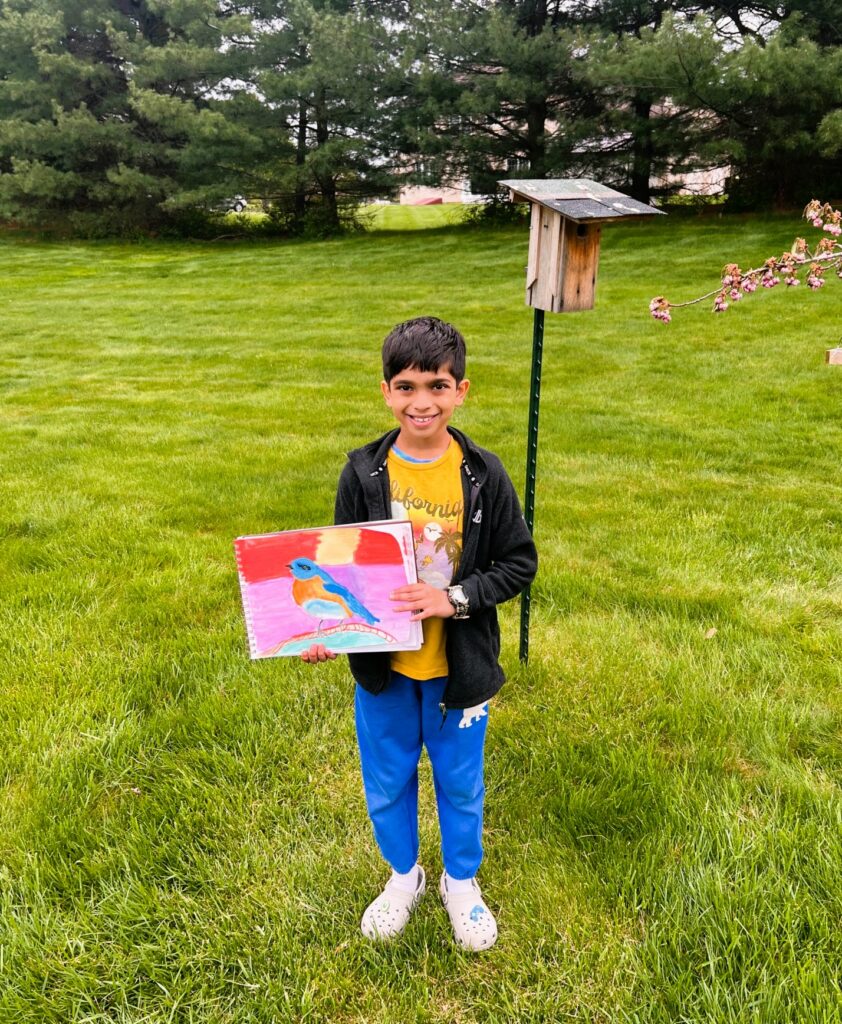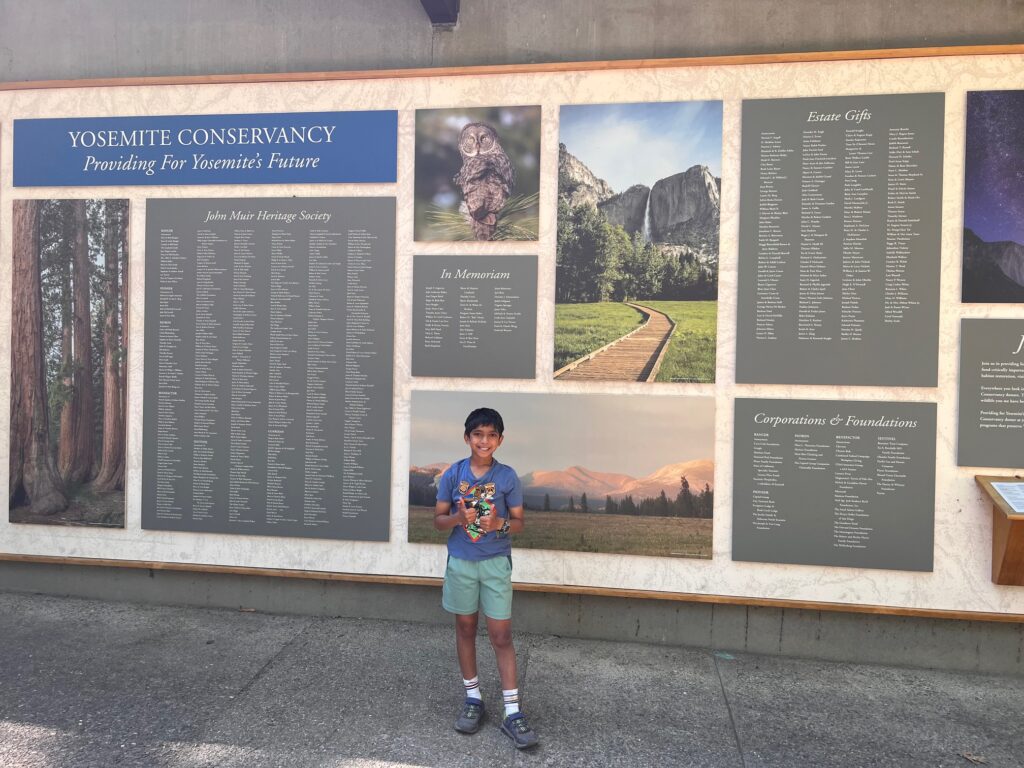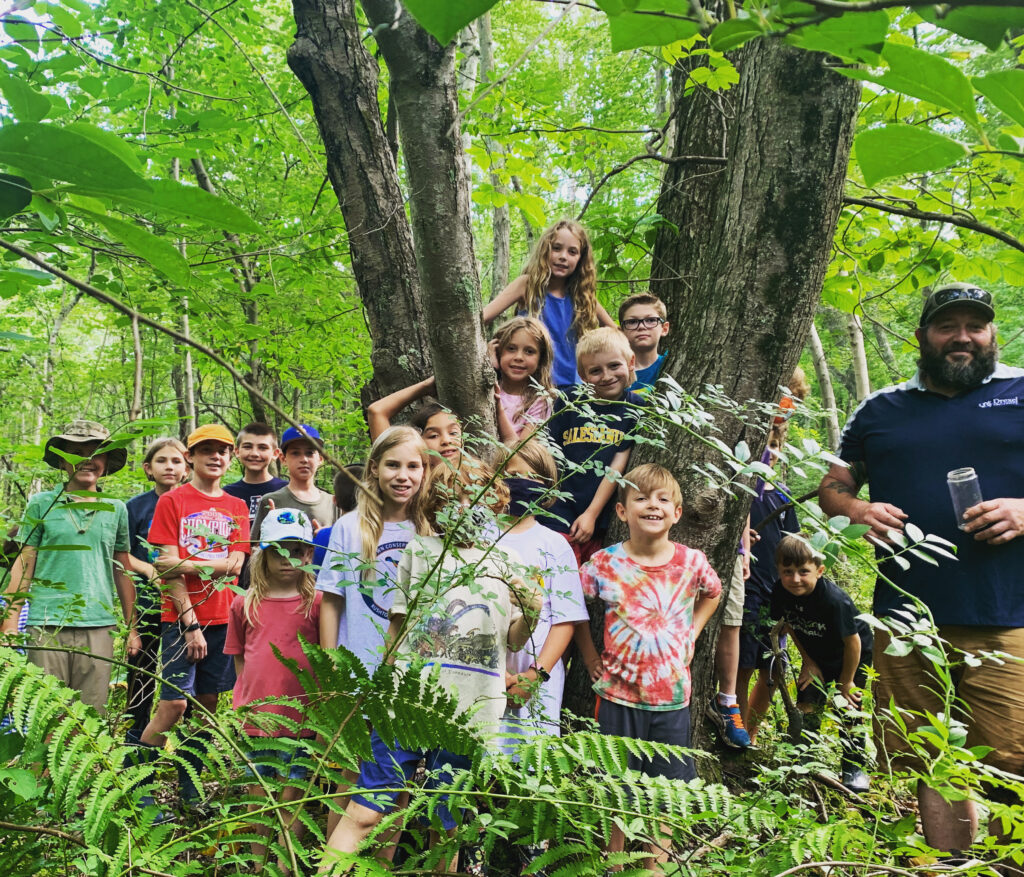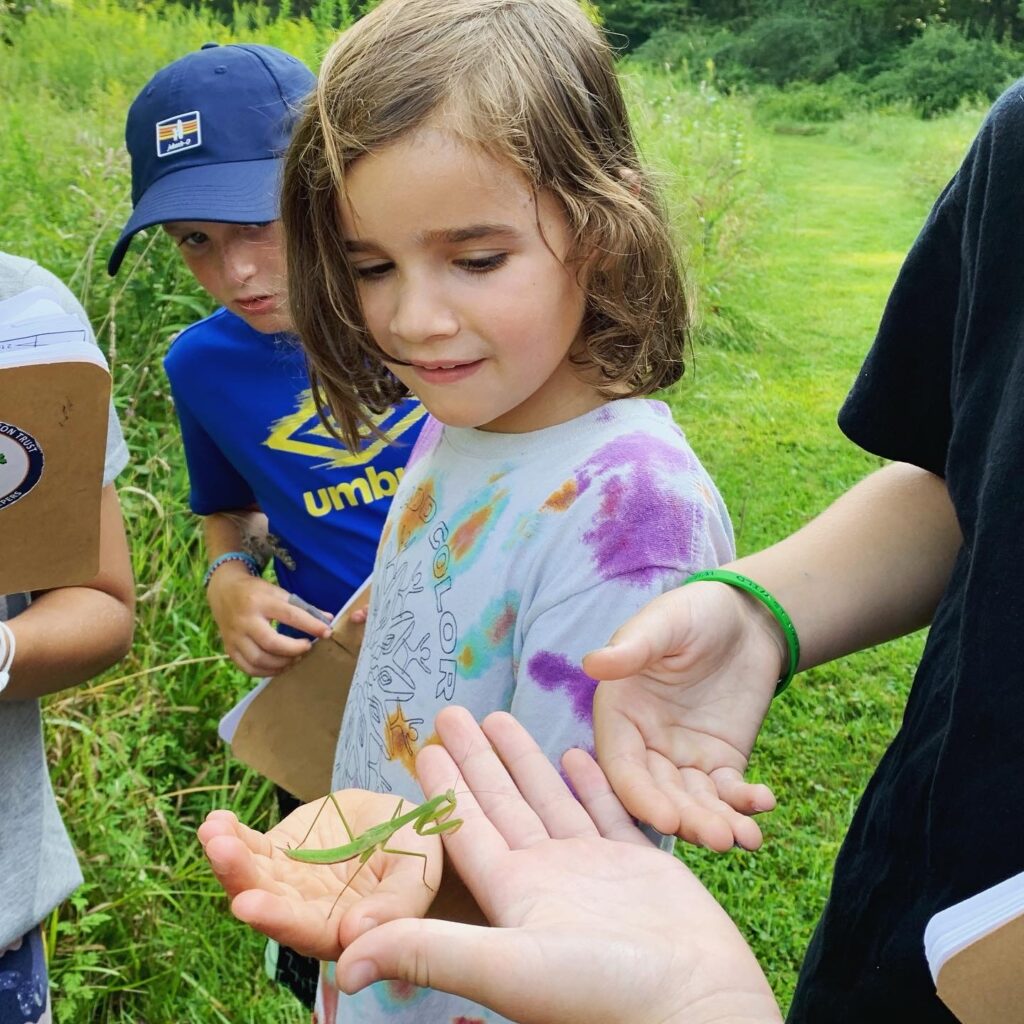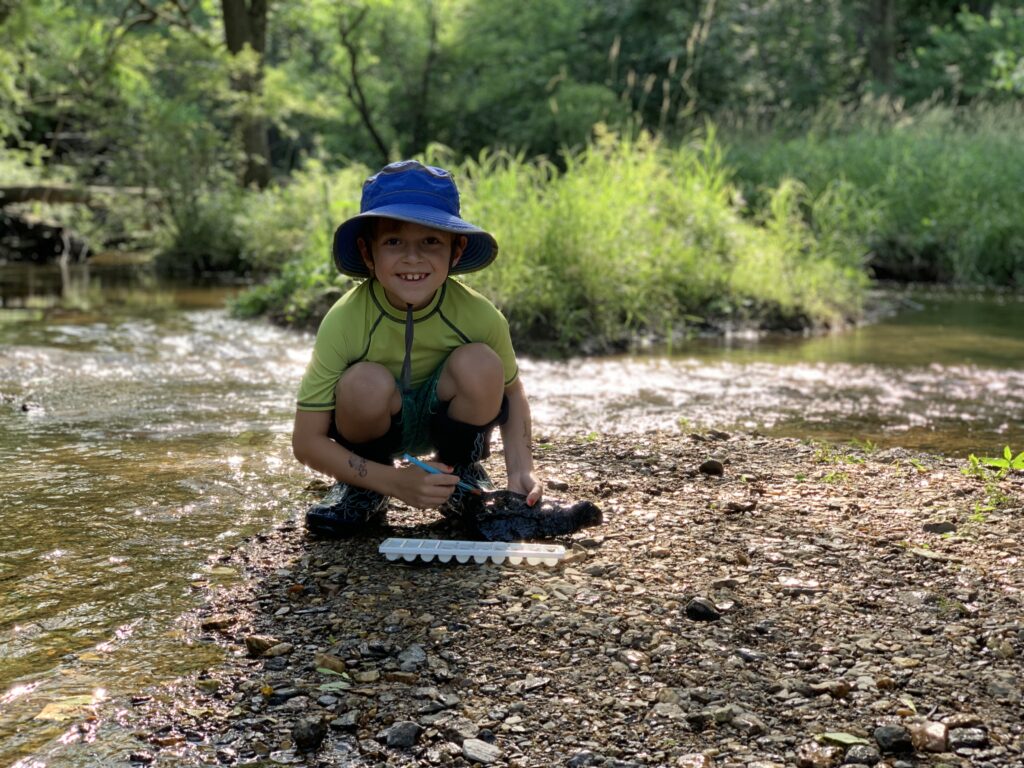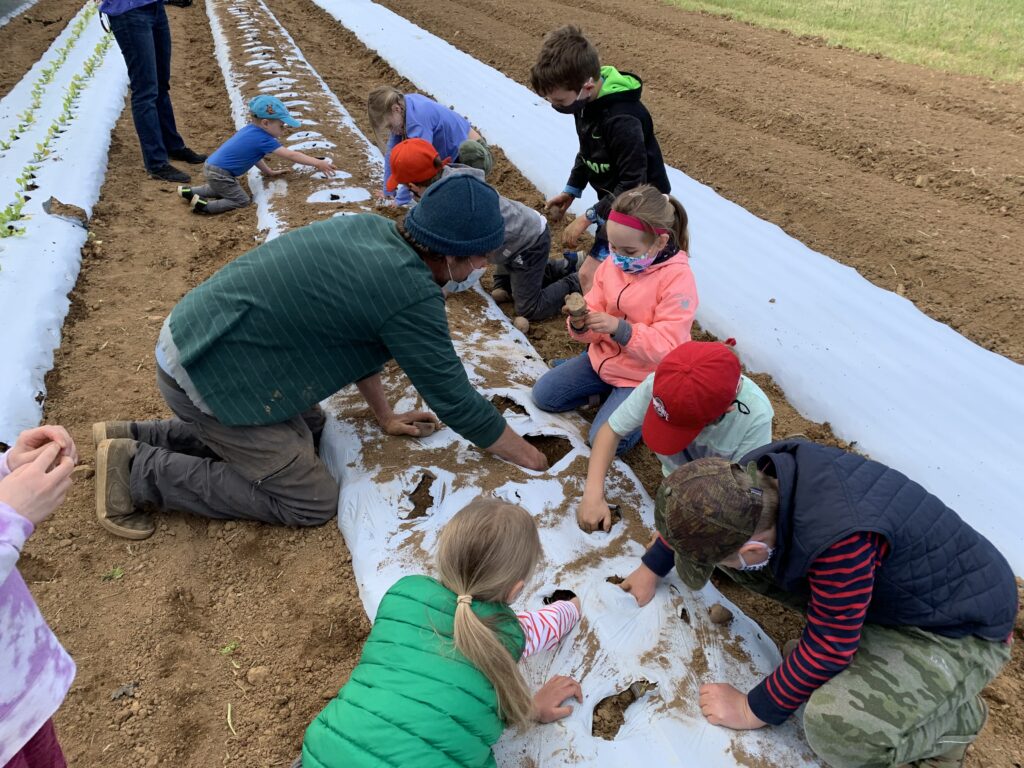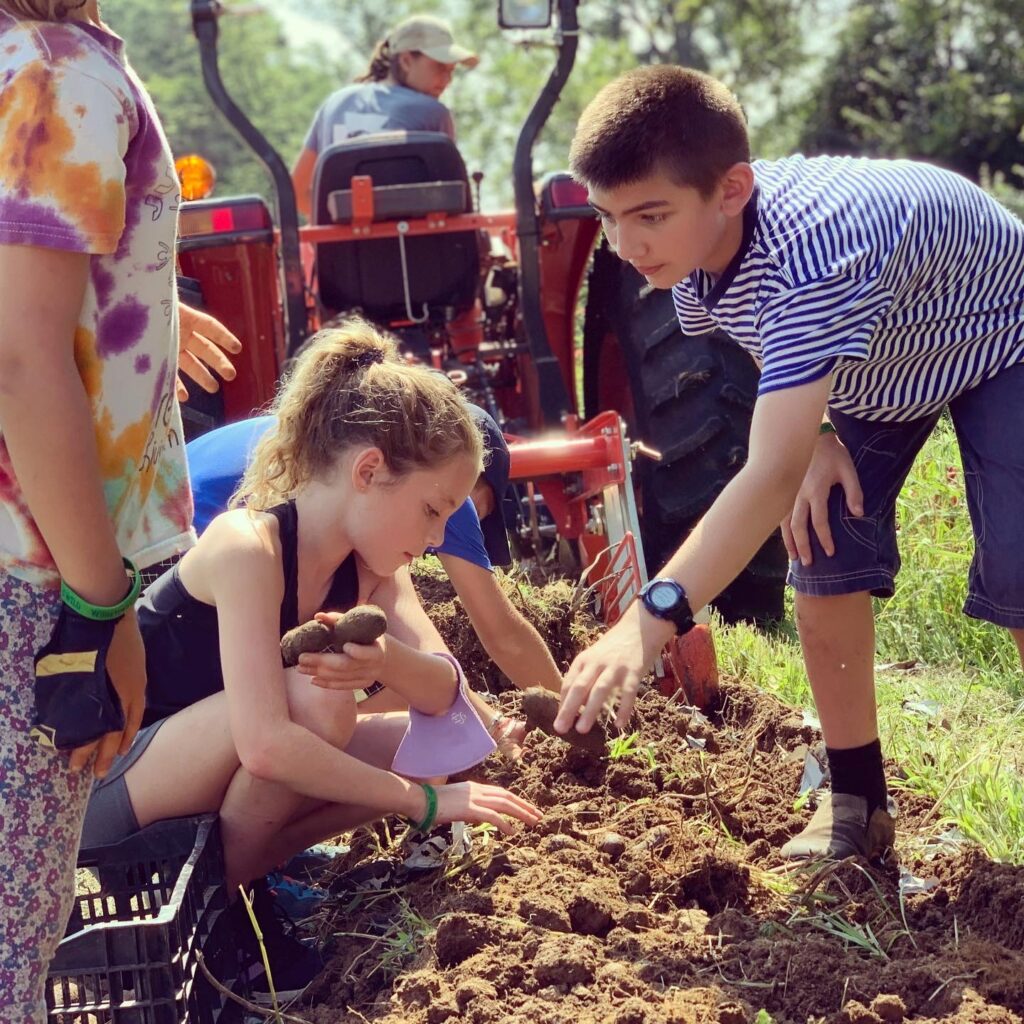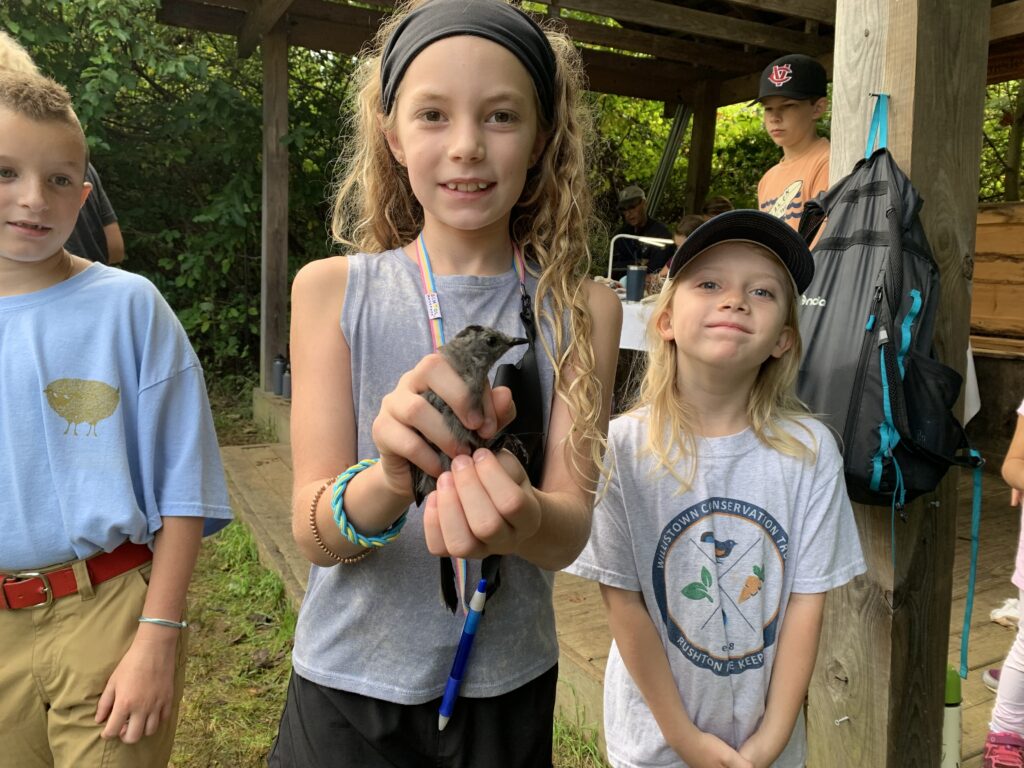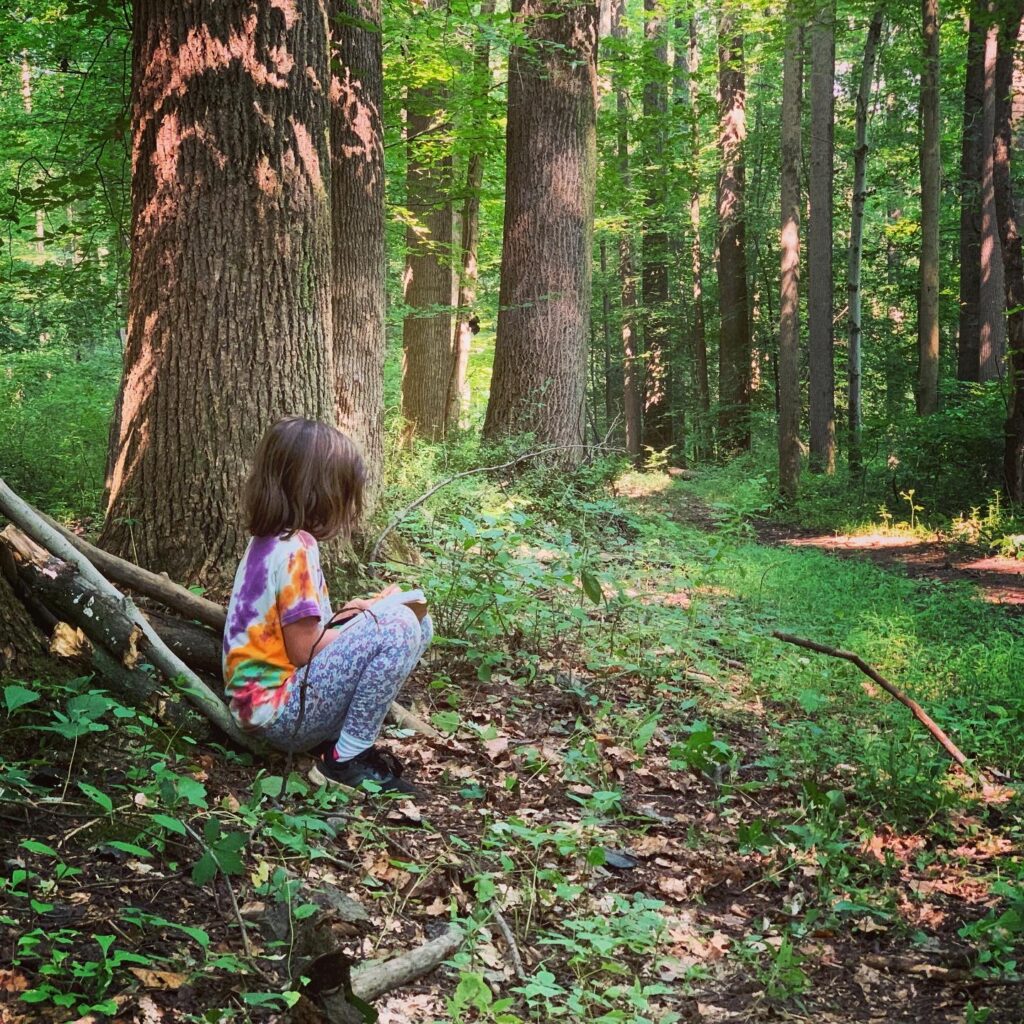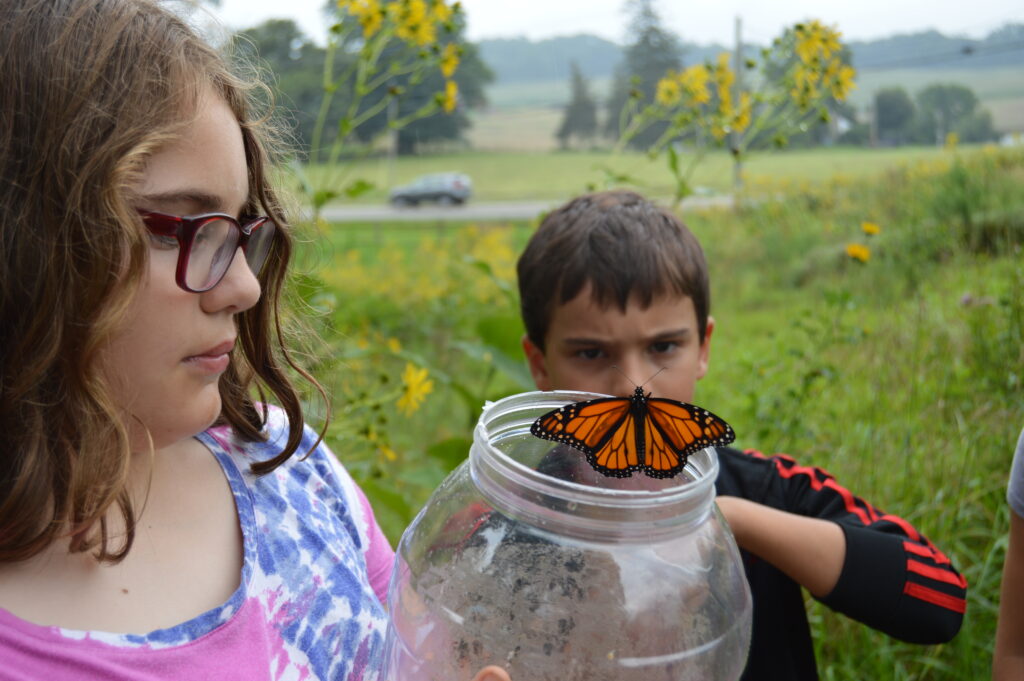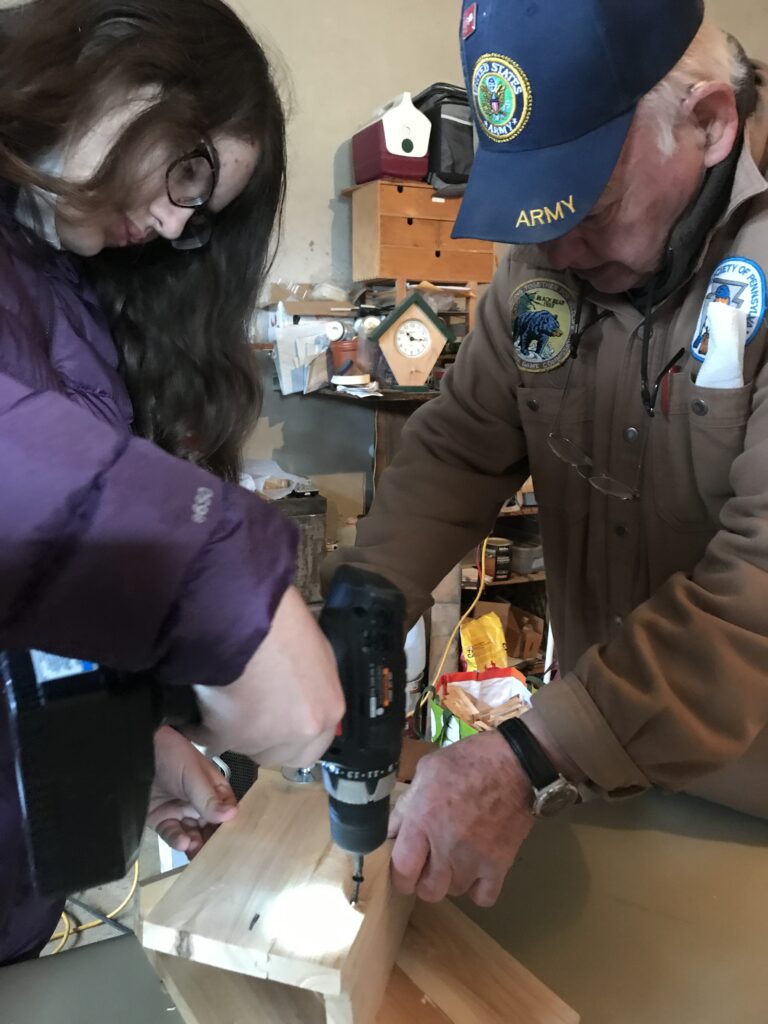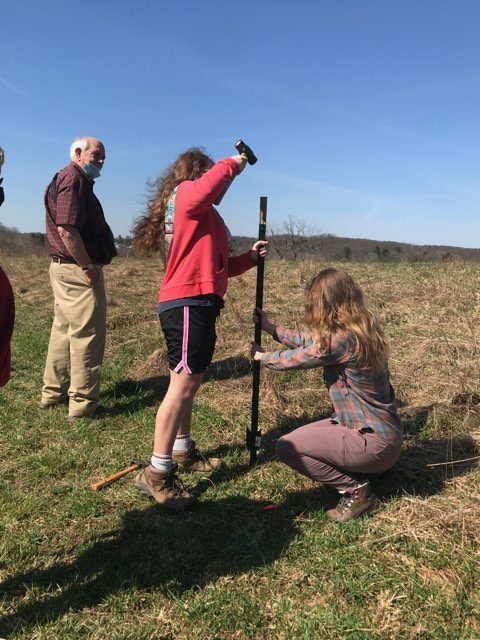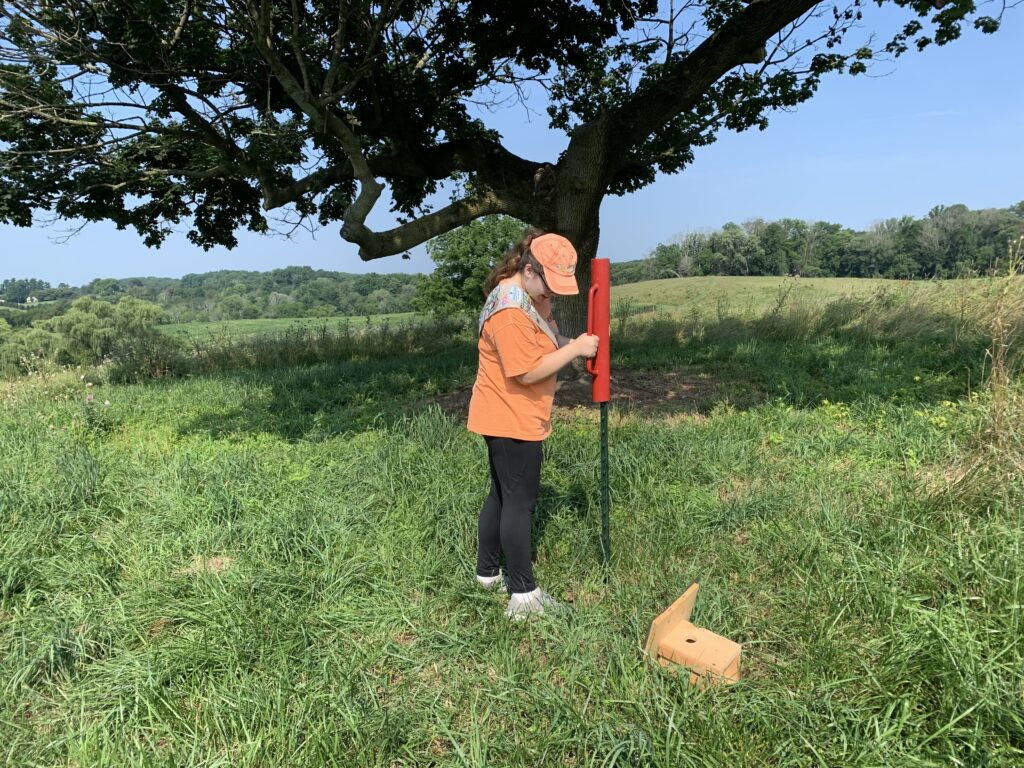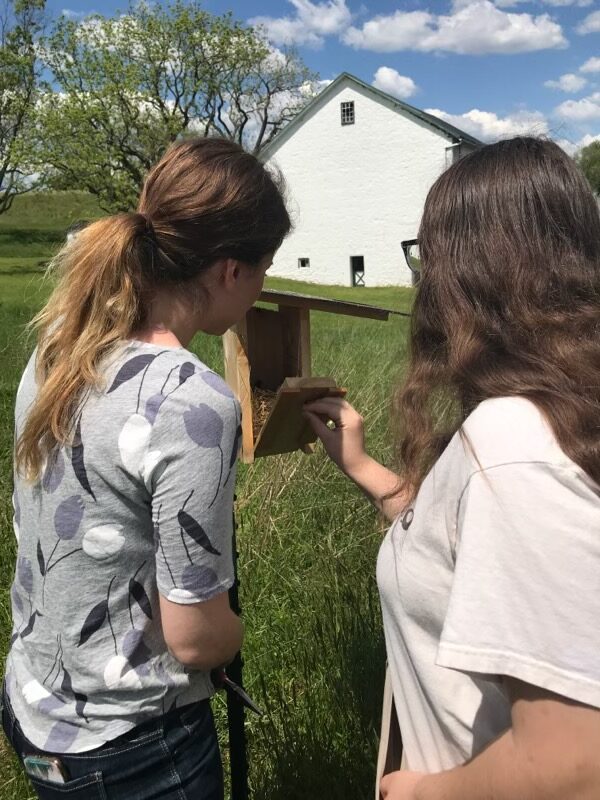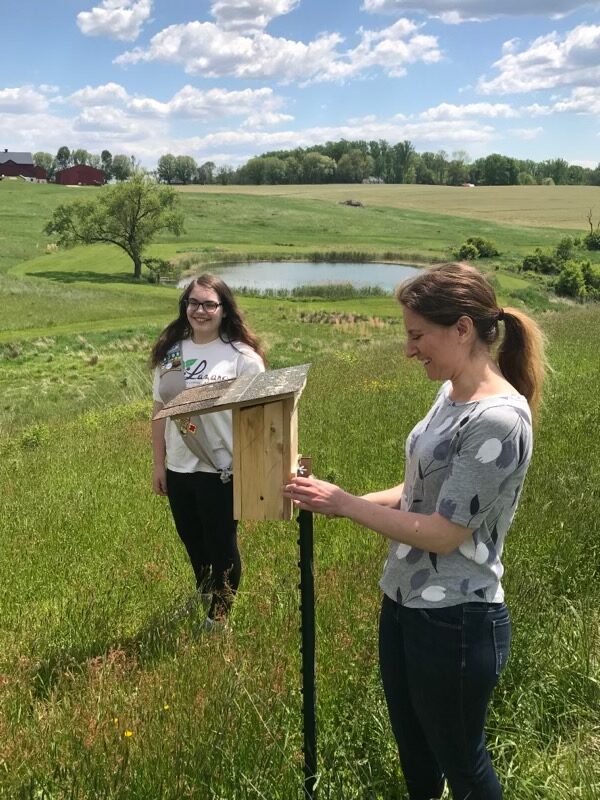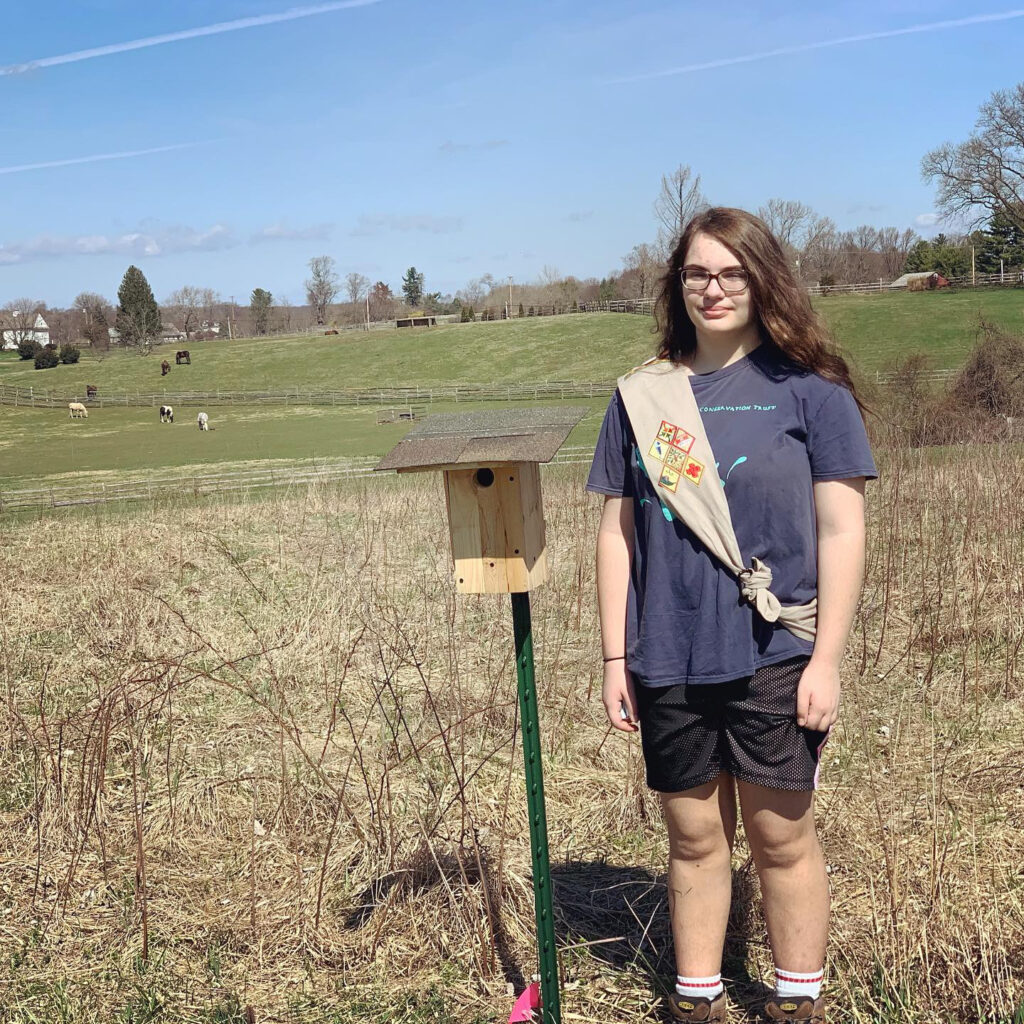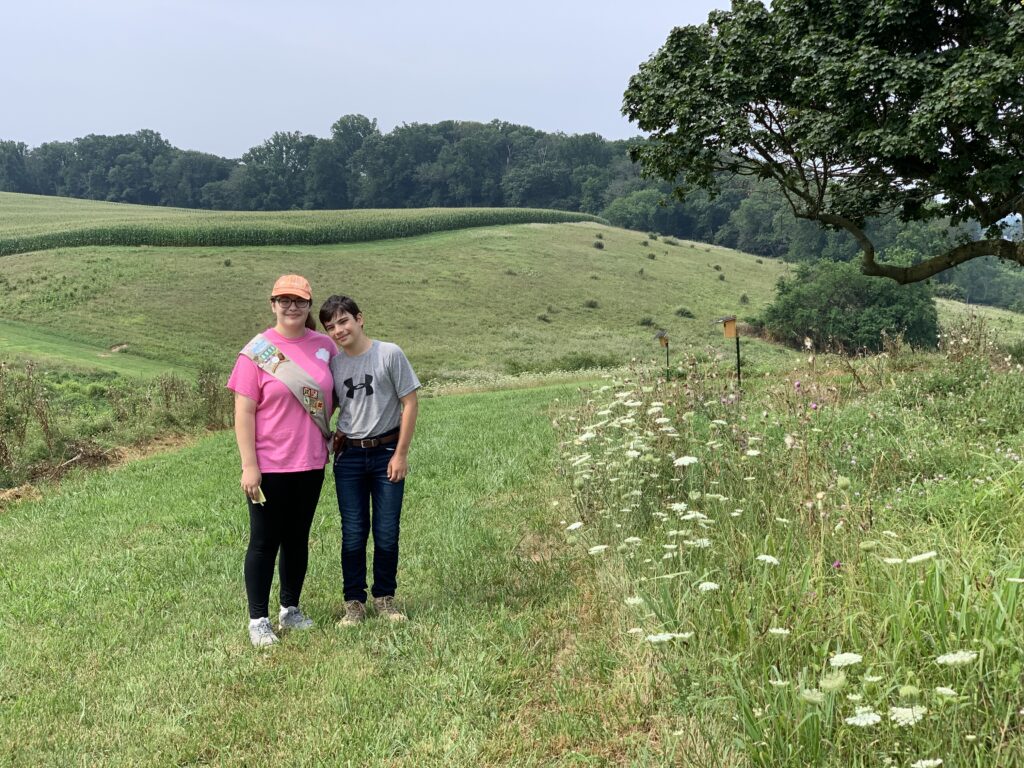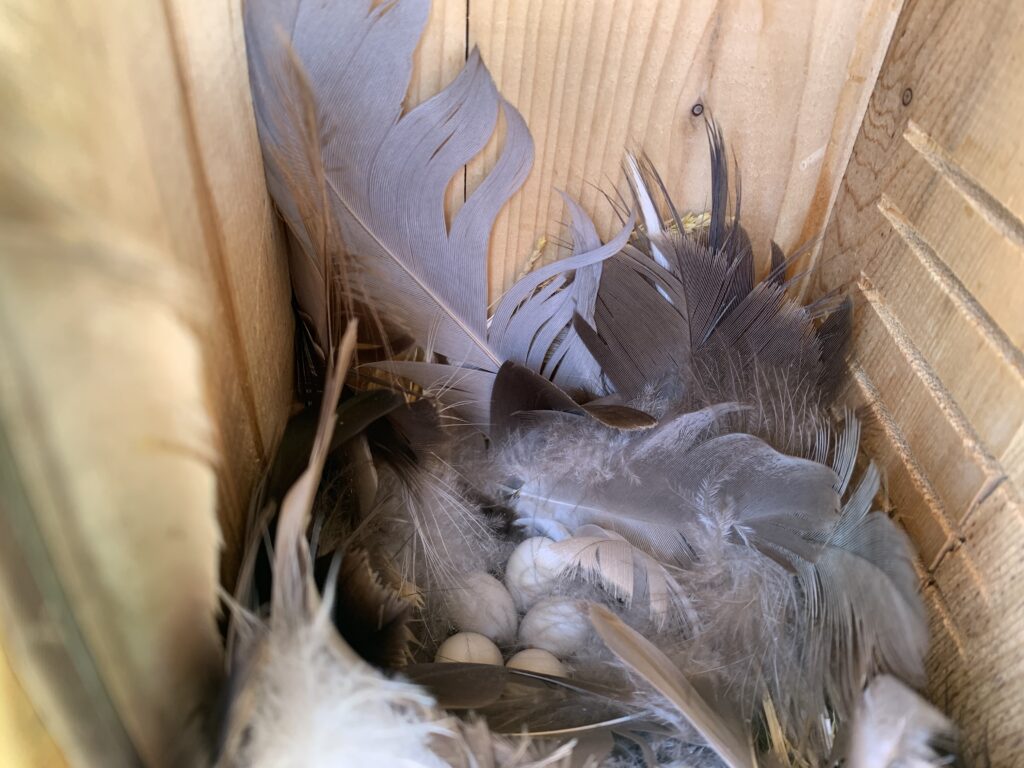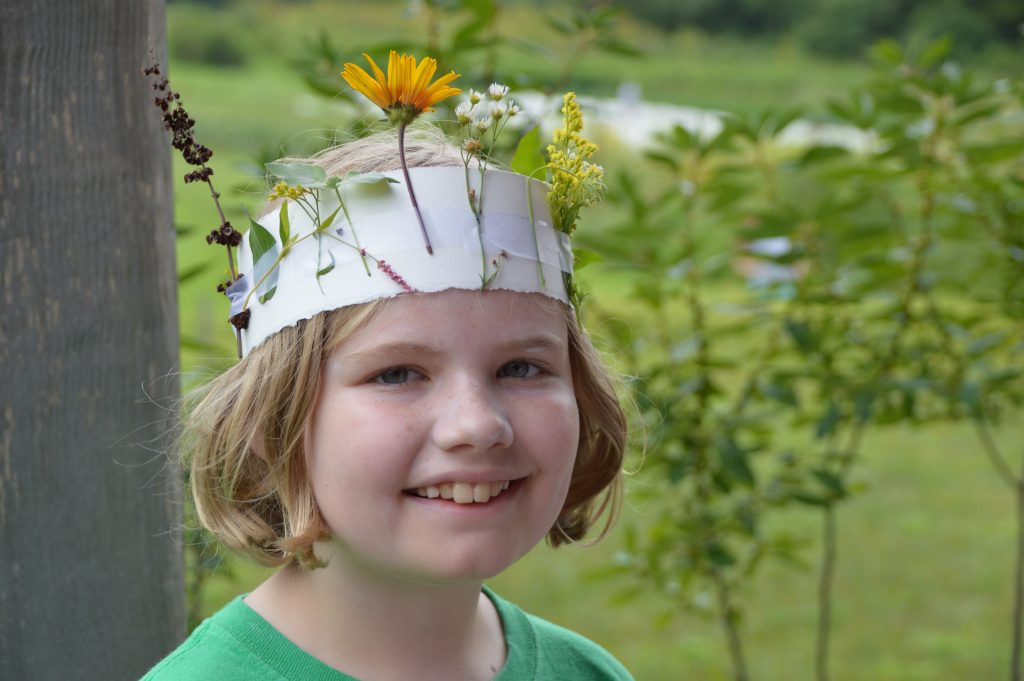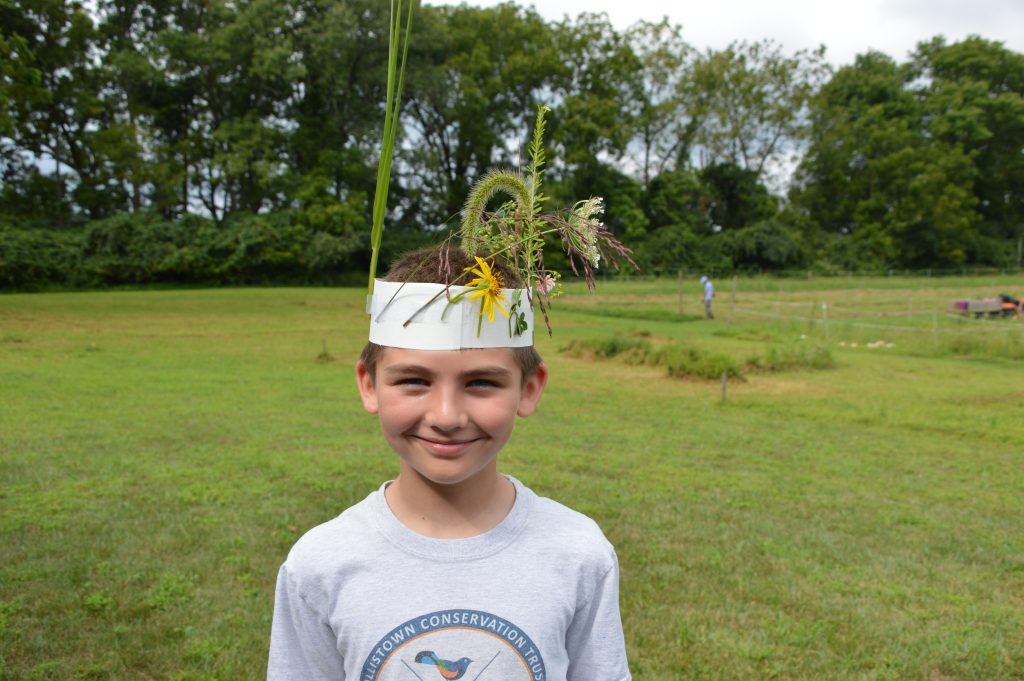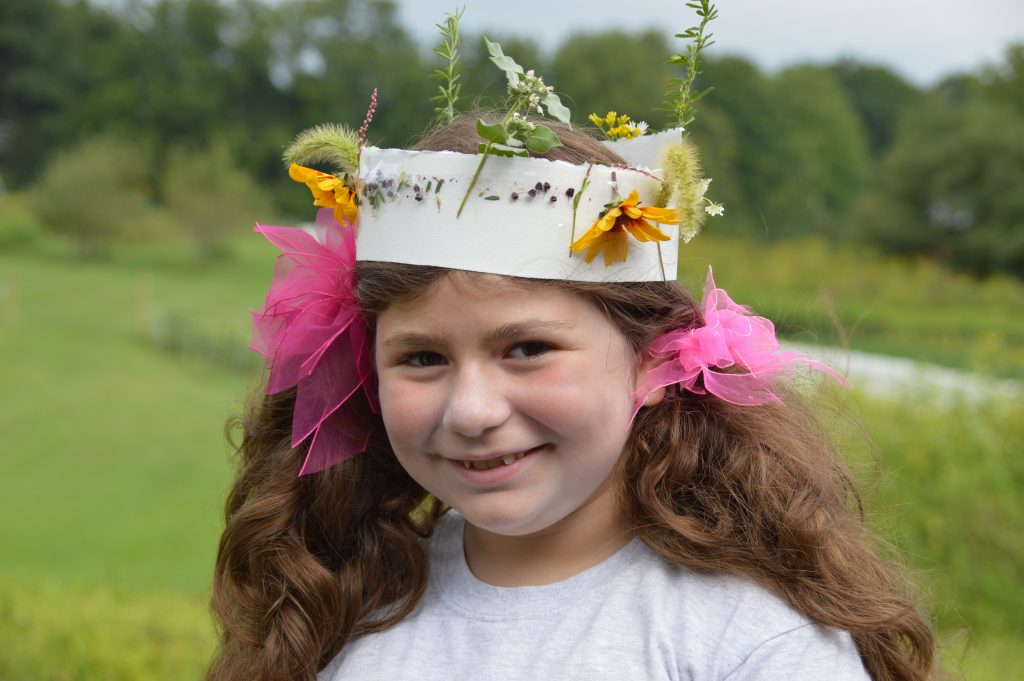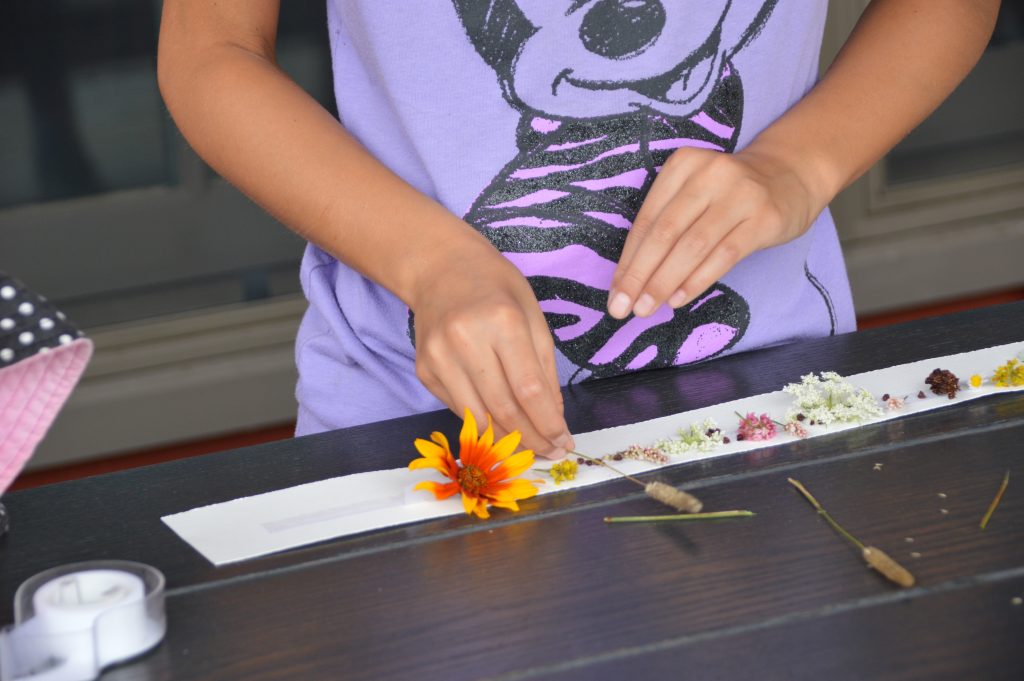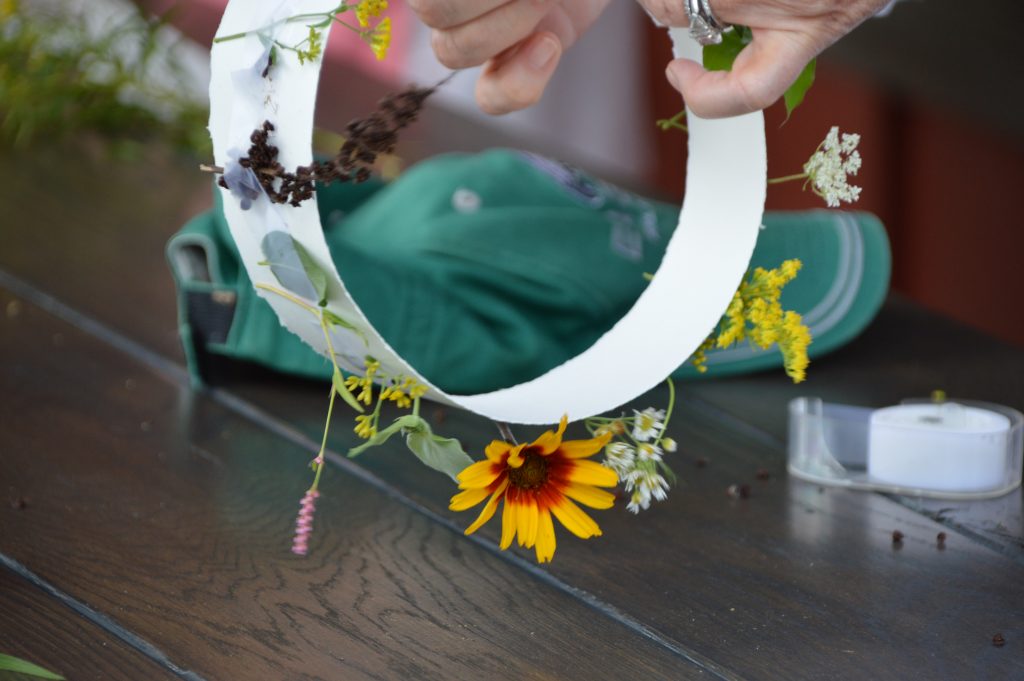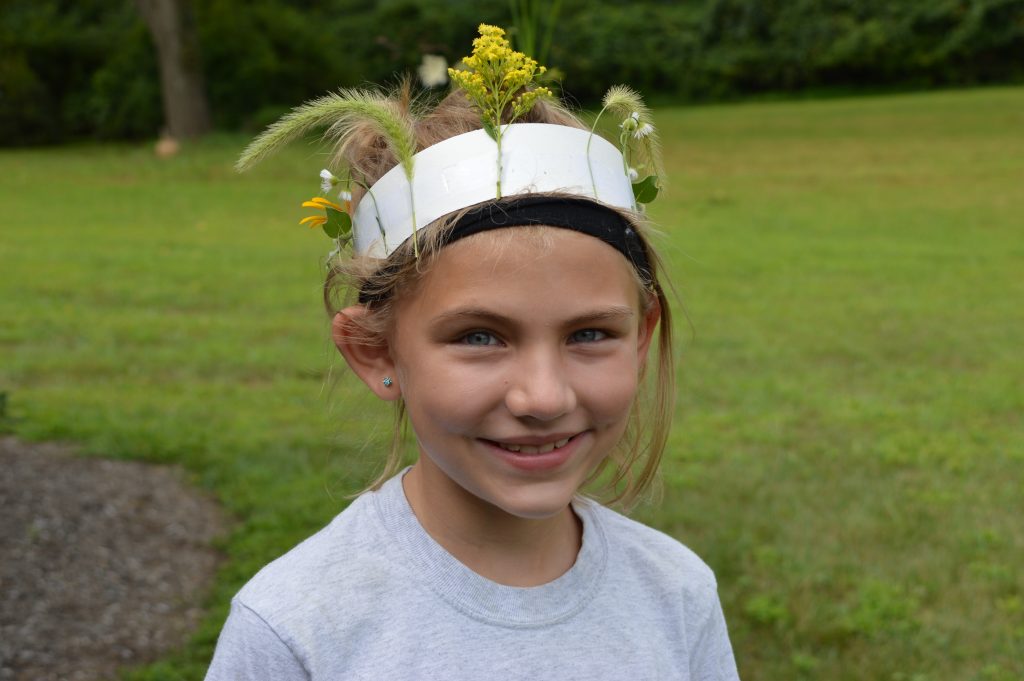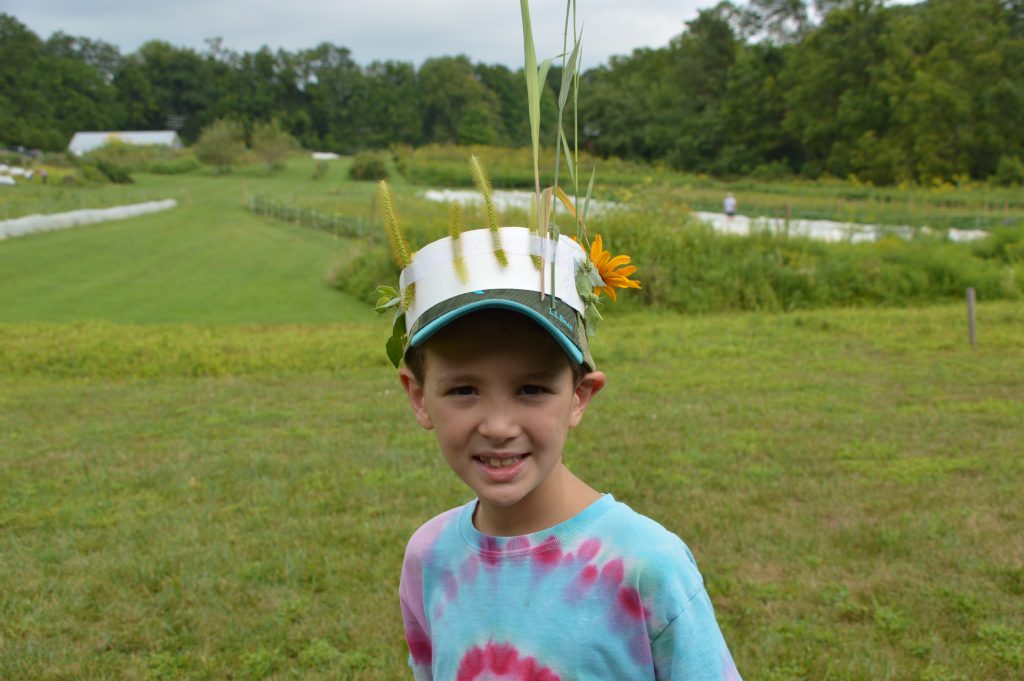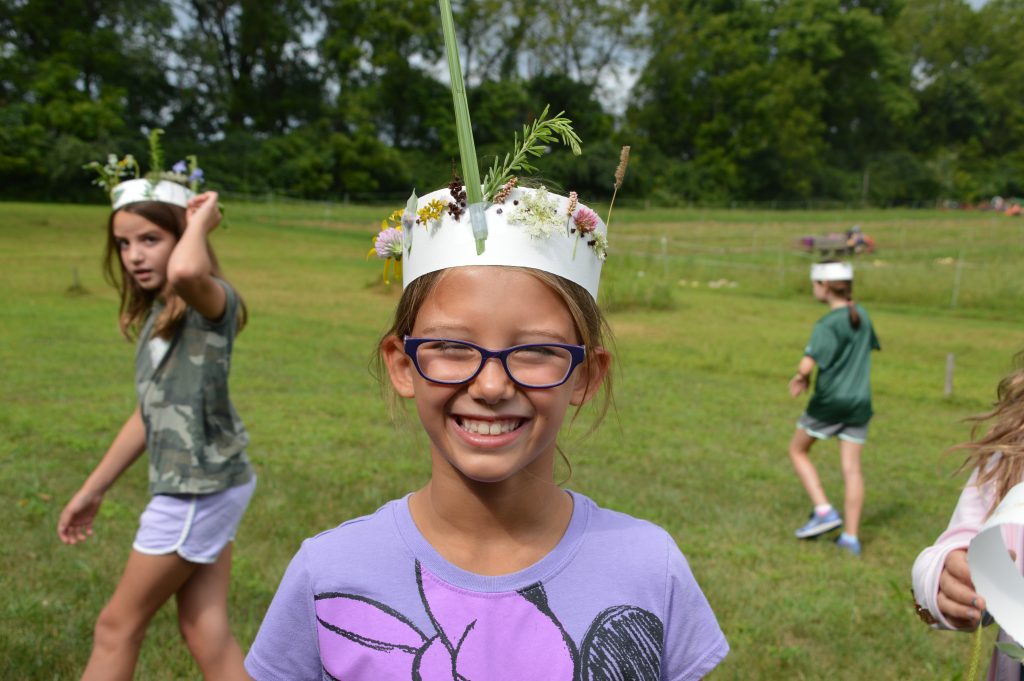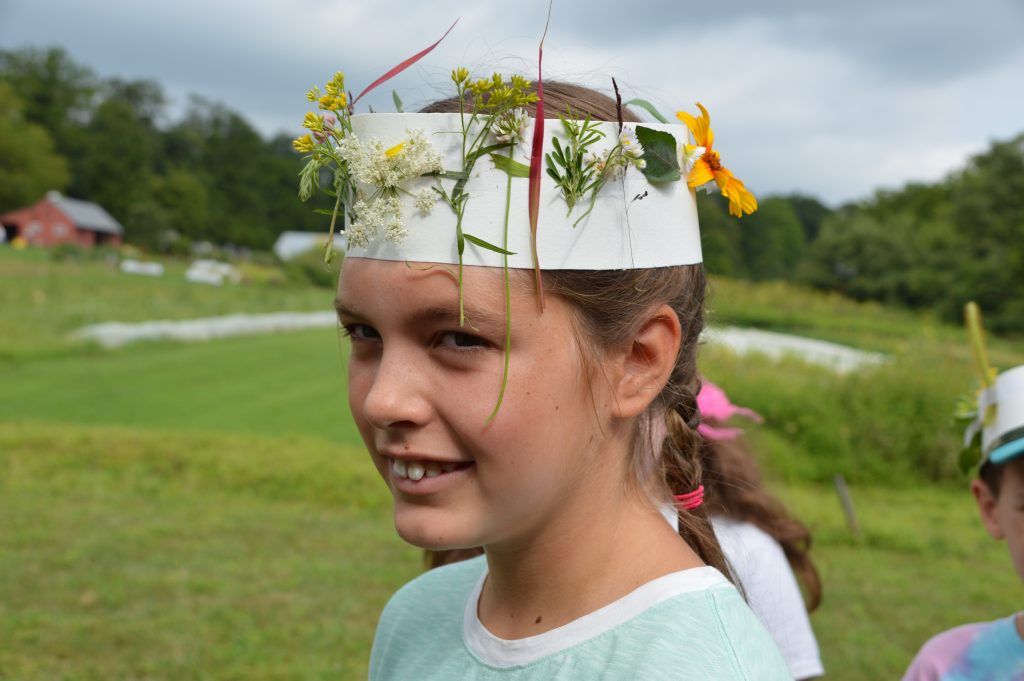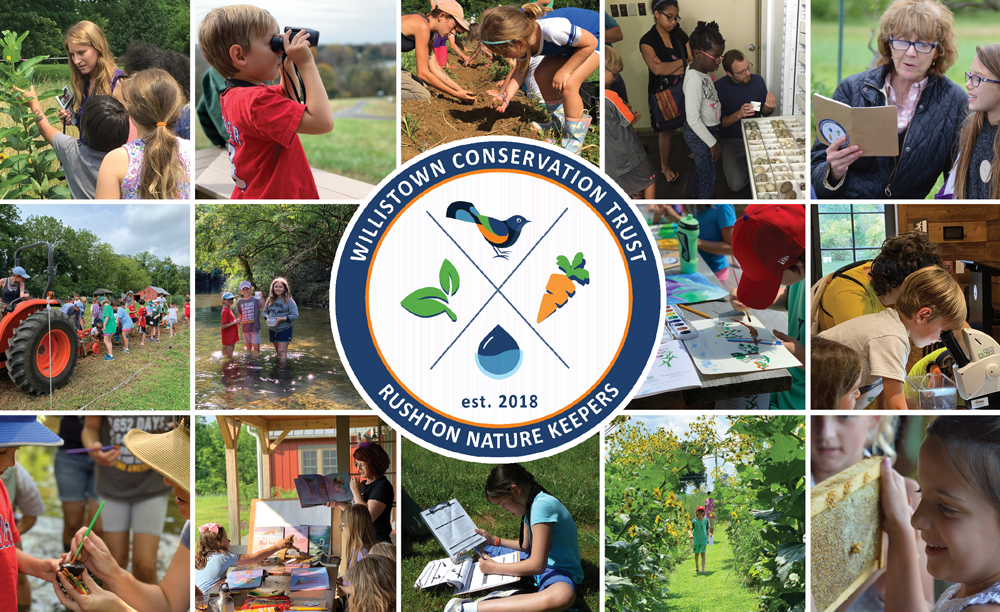One of our primary goals in connecting youth to nature is to transform their mindset to viewing themselves as part of the natural world. Through repeated, memorable experiences in nature during their formative years, children learn to understand, respect, and love the earth. This critical foundation inspires lifelong choices to protect the environment, while also providing children with mental focus, emotional stability, physical health, and spiritual resilience. There is no better example than Catherine Oblack, a 16-year old student who has been involved with our youth education programs since she was 8 years old. The following is her story, told through her words.
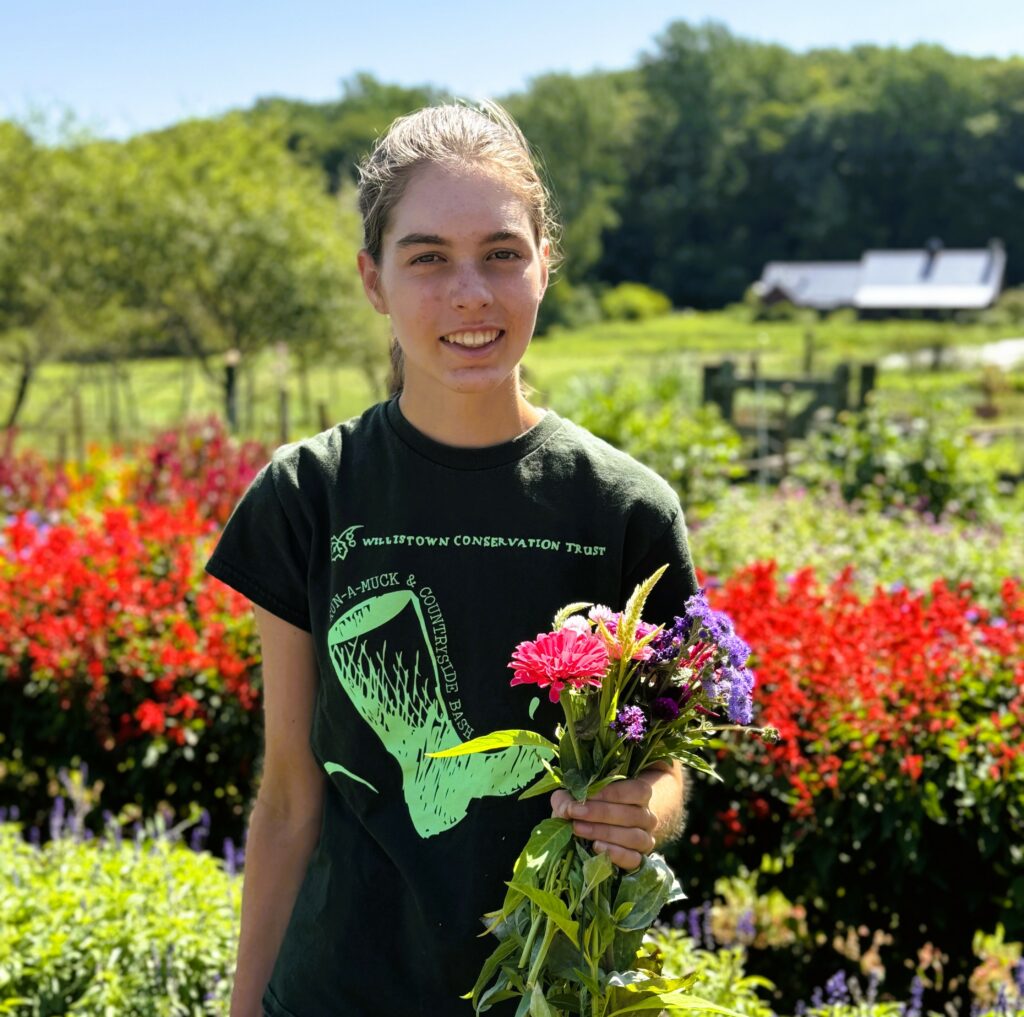
One day that I will remember forever is the first day I got to go bird banding at Willistown Conservation Trust when I was eight. From the time I started elementary school, I loved nature and was especially obsessed with birds. I enjoyed watching and learning about birds and what is being done to protect them. I wanted to learn more and get involved, so this led to my family finding WCT and signing up for Junior Birders, which was their youth program that has now expanded into Rushton Nature Keepers.
When my dad told me that they had a bird banding session that I could attend I was ecstatic. I had learned about bird banding and how it is used to study and protect birds, but I didn’t know that I could go see it in person. I was also super excited that the target species were warblers, as I had read all about them but did not see them as much on my own. I spent the evening before reading over all the types of birds that they typically banded; I could not wait.
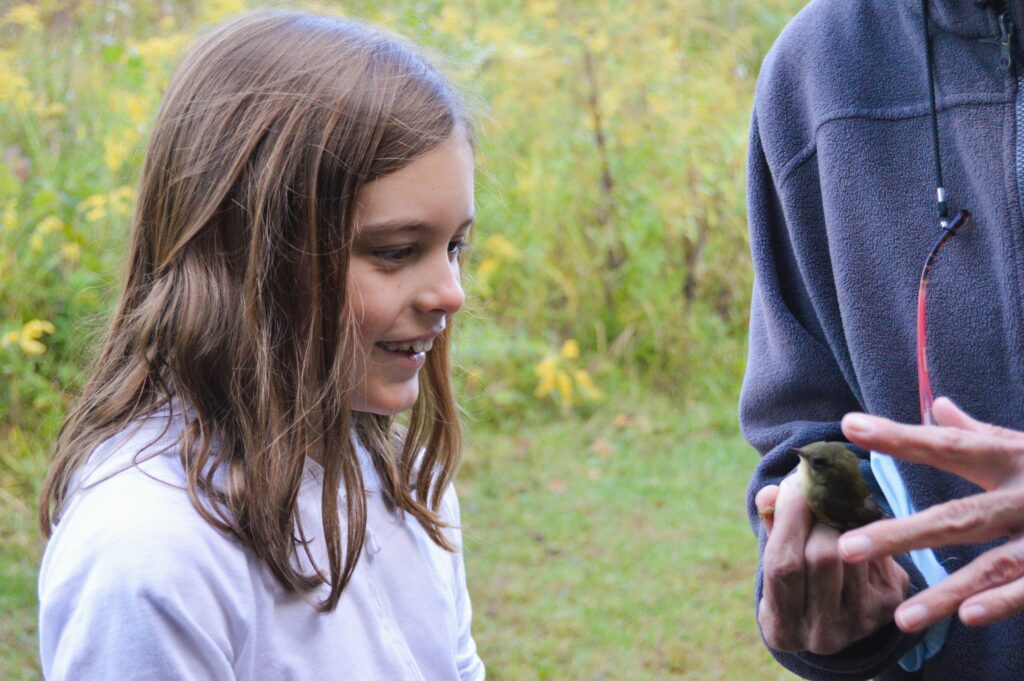
When I arrived in the early morning, I remember how excited I was as I walked through the beautiful trails to the banding station. The autumn woods were just starting to wake up and come to life as the sun rose above the tree line. When I reached the banding station, I was welcomed in along with the other guests. After I had been introduced to Blake and Lisa, they invited me up to watch a Common Yellowthroat warbler being banded. I had arrived hoping to see some birds, but it hadn’t prepared me for experiencing what it was like to be so close to a wild bird. I could see all the markings and traits that had been described in the guidebooks, and I was awestruck by the birds’ beauty.
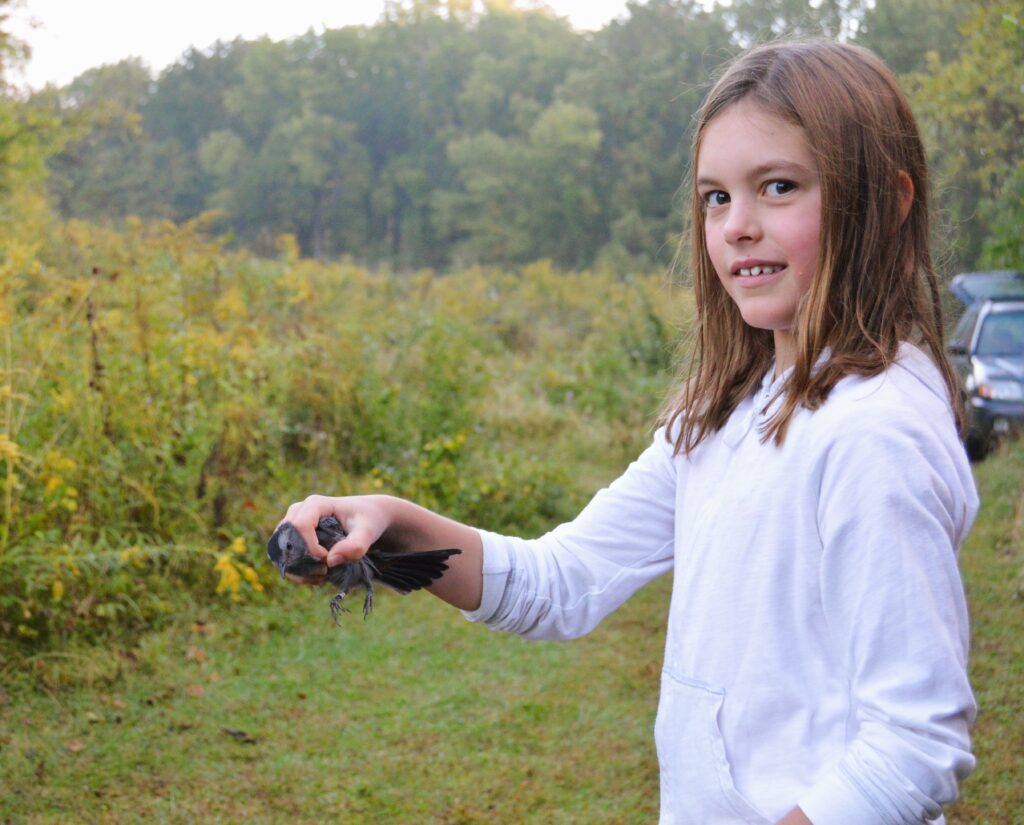
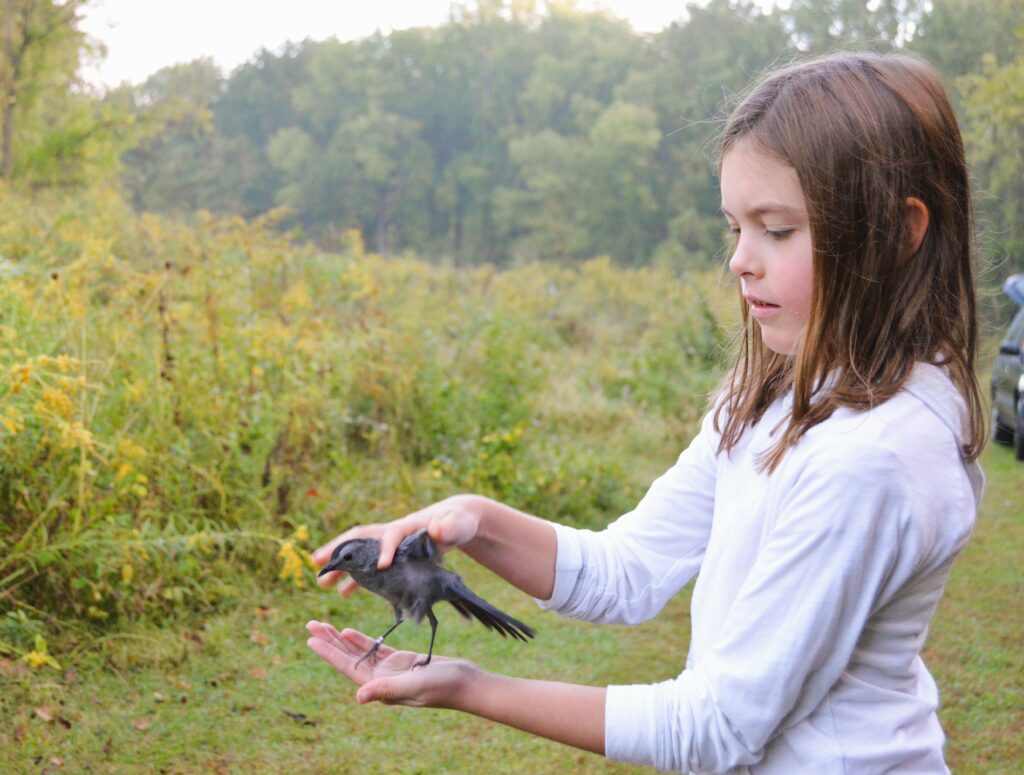
After my first day at the banding station, I continued to go to bird banding before school whenever I could for many years, each season learning more not only about the birds, but also about the conservation efforts at WCT. I also participated in WCT’s other educational activities, like Rushton Nature Keepers, that helped me develop a deeper knowledge and appreciation of nature. This program helped grow my love for the natural spaces right around me and also respect for the people that work hard to keep them open. It also reinforced my desire to have a positive impact on our environment.
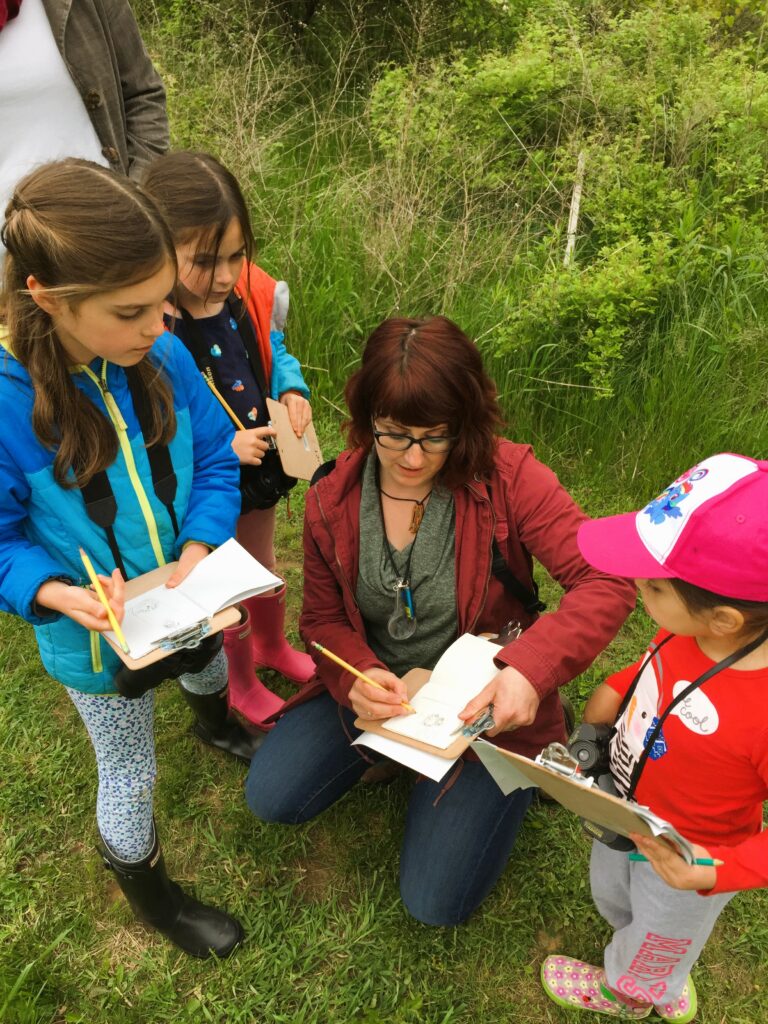
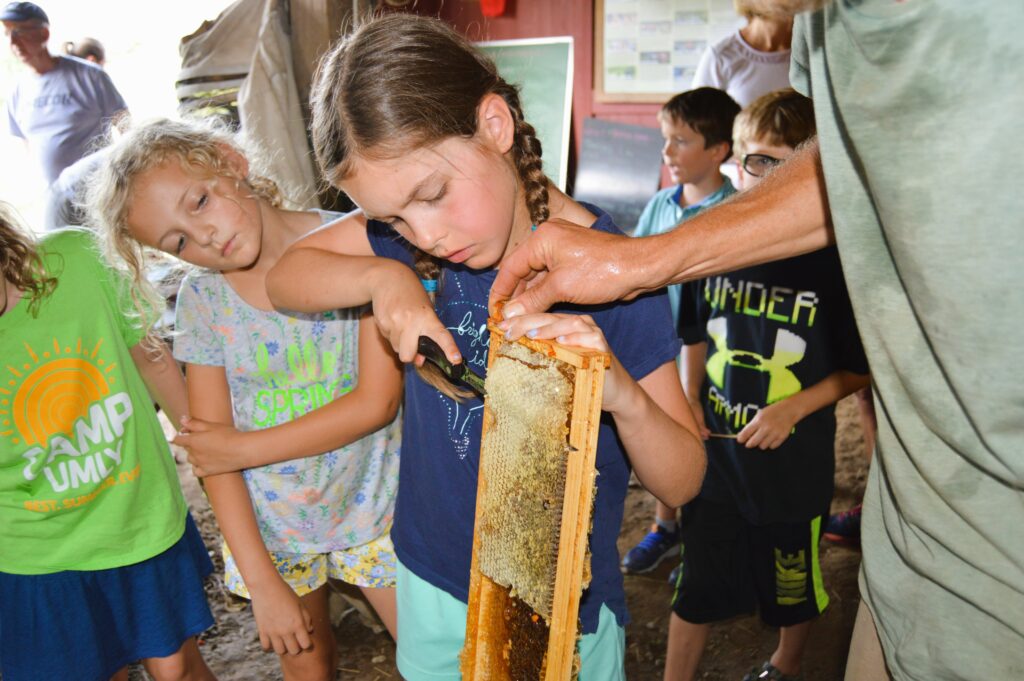
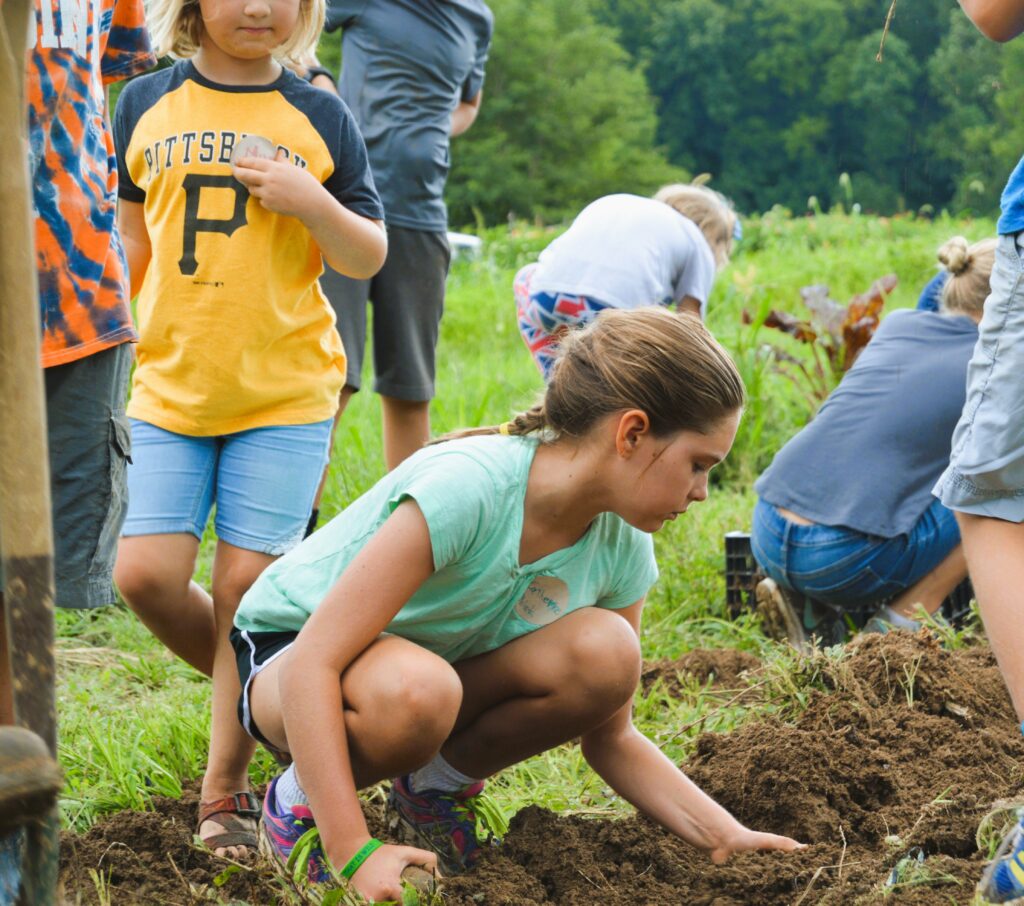
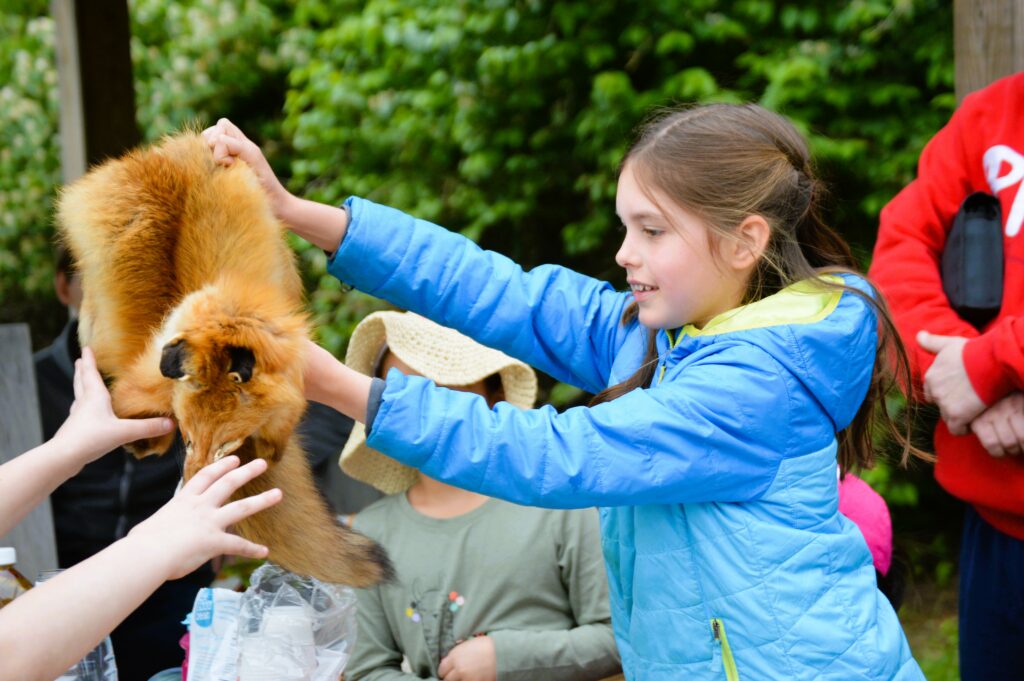
Going into my sophomore year in high school, I knew that I still wanted to be involved with WCT, so I helped Blake with Rushton Nature Keepers over the summer. Rushton Nature Keepers is a youth program that teaches kids (ages 8-11) about not only birds, but also about sustainable farming, our local watersheds, and many other aspects of conservation that allow curious kids like me to grow into young naturalists. It was a full circle moment when I got to help with the program and see other kids having the same experiences that fueled my own love of the natural world. I had so many wonderful and unique experiences in the junior programs at WCT, so it was amazing to help other kids get to experience these same things. Whenever I am at Willistown now, I still experience the same feelings that made me love learning about and experiencing nature firsthand and am inspired to help protect our natural lands and habitats.
